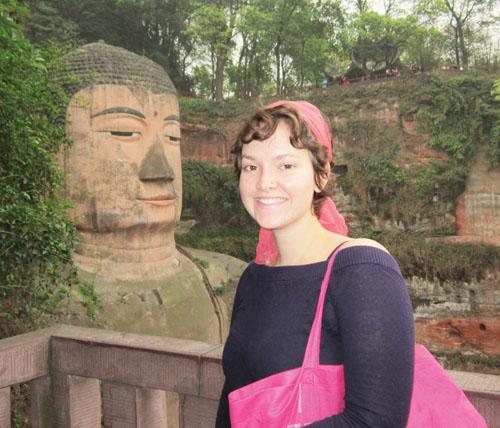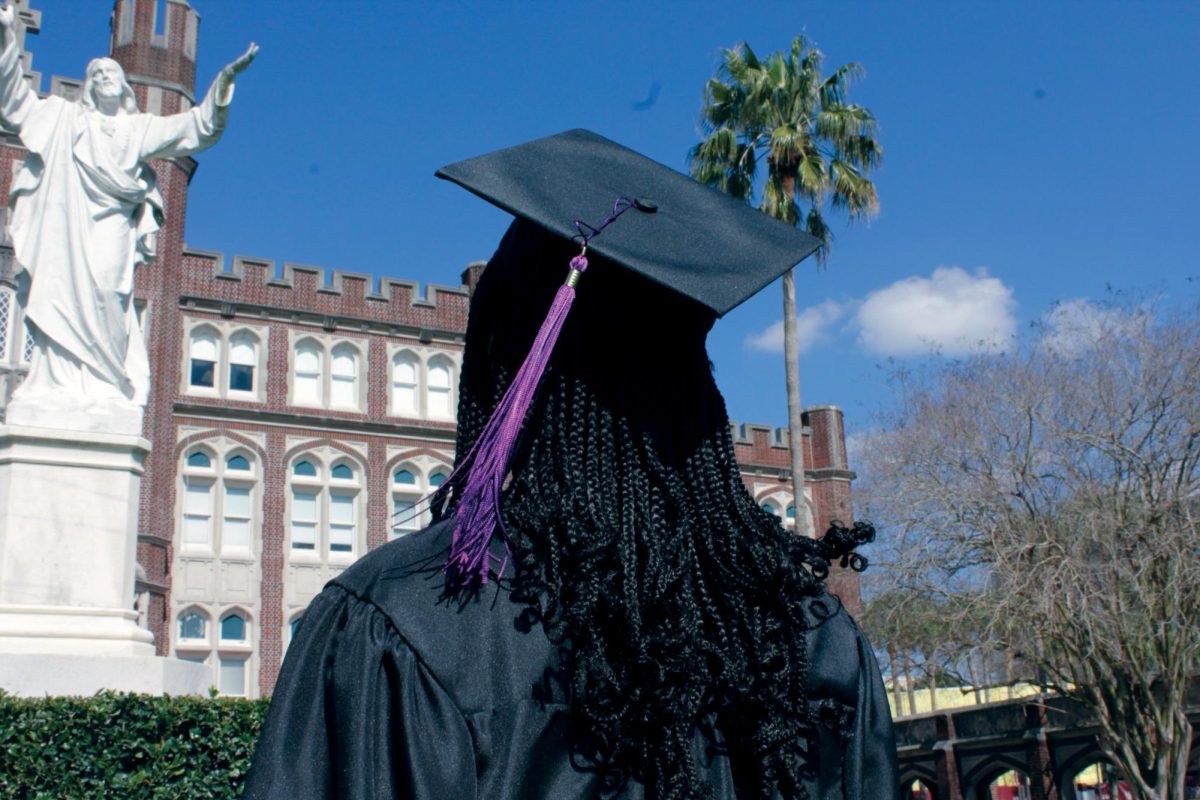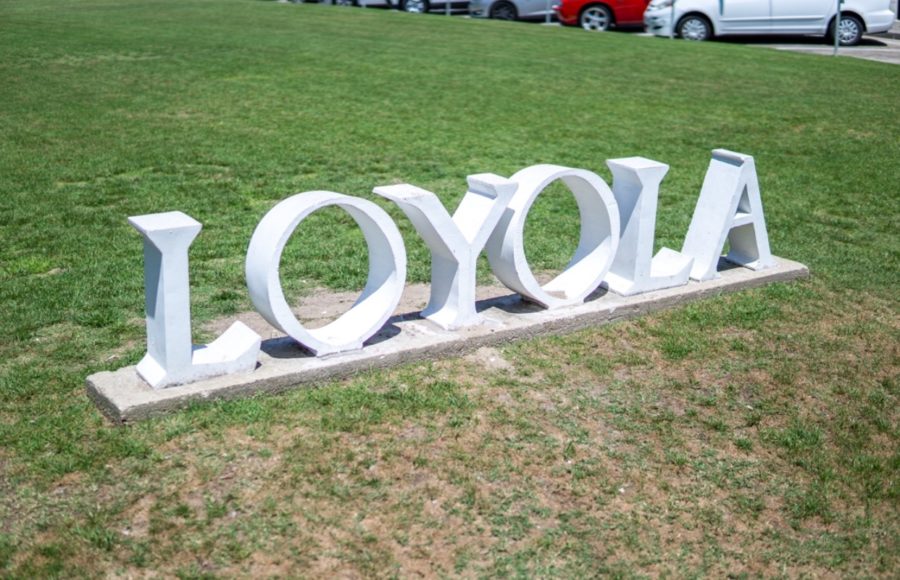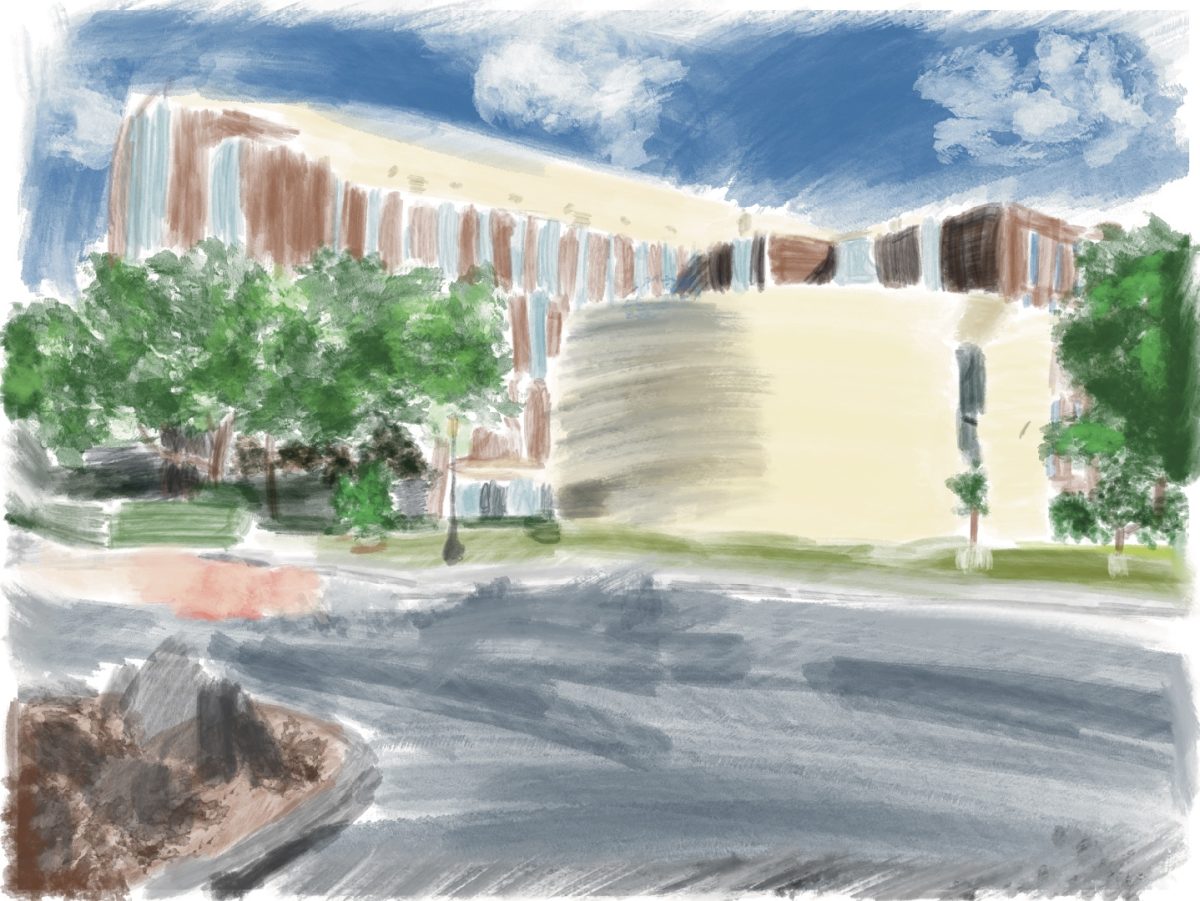If you read a news article about China these days, you might find reports of China’s rising economy and substantial population, paired with worries over its ownership of American debt, challenge to American hegemony and violations of human rights.
After a little over two decades of unmatched power and influence in the world, the United States is understandably threatened by the rise of the “Red Dragon” in the east. But amongst all the panic about a portended American decline, the fact that the Cold War has ended and China is no longer very “red” at all (maybe a twinge pink for appearances) has been forgotten. Also important is several points about the Chinese economy that contradict this image of a massive surge of development.
Some well-known criticisms of China are its one child policy (leading to a rapidly aging population and drastically decreasing the numbers of female children born) and China’s supposed undervaluation of the yuan (which helps the government build foreign exchange reserves). But these criticisms do not provide a complete picture of China.
First, nearly all of the growth rates reported in China are inflated. Local governments will, for the sake of looking better than their rivals for central government funding, adjust economic data. This readjusting calls into question the famous double-digit growth rates of emerging cities like Putian and Foshan. In addition, some of these growth rates will actually reflect inefficient growth.
One example is a massive, new shopping center in Nanchang, capital of Jiangxi province. While built several years ago, the shopping center remains largely vacant and only houses a few shops on the ground floor. Unutilized buildings such as these are not isolated incidents.
A second issue is the inequality of development across different regions of China. Rural areas, especially in the western parts of the country, see few of the benefits of Deng Xiao Ping’s economic liberalization. The richest parts of the country are the coastal cities, which compete with the world to build the tallest buildings and the longest bridges. The countryside looks like it might not have changed much in one hundred years, except for industrial plants and their gift of grey sky.
Perhaps the most dangerous
problem in the Chinese economy is the pervasive corruption. Many Chinese will complain that influential people will use their power to get away with serious crimes. For example, a high- level university administrator in Nanchang was rumored to have killed a student while drunk driving; he avoided charges by paying off her parents. Interestingly, Chairman Mao considered corruption the first of three “evils.”
Do not mistake these flaws as signs that China is heading for a decline -there is very real growth in China, demonstrated by rises in living standards for many people and more access to education. The Chinese people are the most important asset their economy has: millions of diligent, determined, optimistic, and patriotic people. It is a beautiful, vast country with diverse natural resources and will see significant development and increase in international influence in the coming years.
Allison Derrick is a an economics major and can be reached at [email protected]
In My Opinion is a weekly column open to any Loyola student. Those interested in contributing can contact [email protected]

Allison Derrick stands in front of a giant Buddha statue in Leschan, Sichuan, China. Allison spent part of last year abroad in China.












